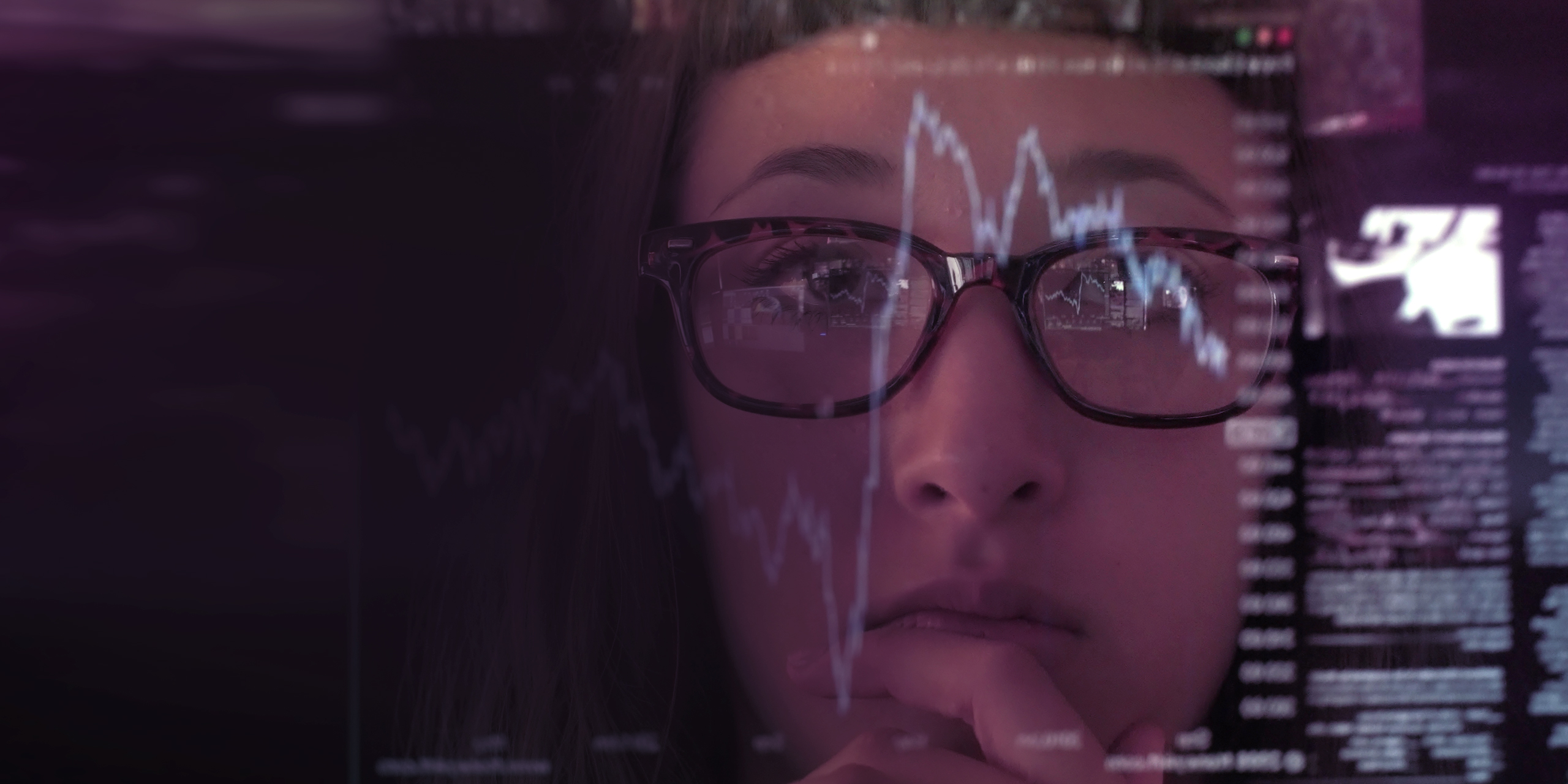In brief
- Carbon trading aims to reduce greenhouse gas emissions, involving buying, selling, or exchanging credits that permit emitting carbon dioxide or other greenhouse gases.
- The Kyoto Protocol and the Paris Agreement set binding emission-reduction targets to control carbon emissions and mitigate climate change effects.
- Carbon trading uses a "Cap and Trade" model, involving emissions limits, financial incentives, and the trading of carbon credits or offsets, with compliance and voluntary markets coexisting to make emissions reductions achievable.
Carbon trading aims to reduce greenhouse gas emissions, particularly carbon dioxide (CO₂), one of the major contributors to global climate change. Environmental imbalances, such as rising sea levels, more frequent and severe weather events, and increased quantities of CO₂ and other greenhouse gases in the atmosphere, are all serious effects of global warming.
Carbon trading is the process of buying, selling or exchanging credits that allow the holder to emit CO₂ or any other greenhouse gas.
The Kyoto Protocol, an international agreement (1997) linked to the United Nations Framework Convention on Climate Change (UNFCCC), sets internationally binding emission-reduction targets aiming to control carbon emissions and mitigate global warming.
In December 2015, during the 21st Conference of the Parties (COP21) to the United Nations Framework Convention on Climate Change (UNFCCC), 196 countries adopted the Paris Agreement, an international treaty on climate change. The main objective was limiting global warming to less than 2 degrees Celsius above pre-industrial levels, ideally under 1.5 degrees.
The Paris Agreement mandates that each country establishes its own nationally determined contributions (NDCs) for reducing emissions, to be reviewed and updated every 5 years. Additionally, it includes provisions for transparency and accountability, such as regular reporting and progress review toward meeting the NDCs. As of March 2023, 195 countries have ratified the agreement.
How does carbon trading work?
The “Cap and Trade” model is used in carbon trading. An emissions limit (cap) set for a specific period aims to reduce carbon emissions over time. The idea is to provide a financial incentive to cut greenhouse gas emissions. Parties that produce fewer gases sell unused credits to those that need them to comply with the cap.
Carbon trading assigns a price to carbon emissions to encourage businesses to minimize emissions and save money

Source: https://www.environnement.gouv.qc.ca/changementsclimatiques/marche-carbone_en.asp
Carbon credits are the main carbon trading initiative. However, there are other products like:
- Renewable energy certificates: Carbon credits that focus on renewable energy projects such as wind or solar
- Carbon offsets: Carbon credits represent the removal or reduction of a metric ton of greenhouse gas emission from the atmosphere. These are produced by companies that have reduced or avoided emissions
- Carbon futures: Exchange-traded futures which work like any other futures, allowing buyers and sellers to agree the price of carbon credits at a future date. They can be settled in cash or by physical delivery of carbon credits
- Carbon swaps: Two parties exchange carbon credits or allowances
Compliance and voluntary markets
Carbon markets give a price to greenhouse gases and CO₂ emissions, transforming them into tradable commodities. This can be either carbon credits or offsets. Two markets trade them:
- Compliance market: Mandatory markets issue a set number of carbon credits per company annually. They’re non-voluntary, and each company must fulfill them. The United Nations’ clean development mechanism (CDM) is one of the most active compliance carbon offset programs
- Voluntary market: Not mandatory but self-governed. Organizations or individuals with operations that generate carbon offsets can issue and sell to those looking to decrease CO₂ emissions. The voluntary market is smaller and less transparent
The two markets complement each other, making it easier for farmers, ranchers and landowners to find buyers for their carbon offsets.

Source: mx3-carbon-trading.pdf (murex.com)
Here are the four flexible methods (Kyoto Protocol) that monetize excess permits or reduction credits and establish the carbon market:
- Clean development mechanism (CDM): Having committed to reducing emissions, a nation or business can carry out an emission reduction project in developing countries, generating marketable certified emission reduction (CER) credits. Credits are only issued after independent verification of the project's emission savings. The goal is to encourage sustainable development and increase opportunities to reduce emissions
- Joint implementation: A company or country with binding emission reduction targets can earn emission reduction units (ERU) from an emission reduction project in another country as an alternative to achieving them domestically. The host country benefits from foreign investment and technology transfer, helping the investor to meet its emission reduction obligations, often at a lower cost
- Emission trading system (ETS): The market sets permit prices based on supply and demand. Permit cost is expected to rise as availability decreases, giving regulated organizations a financial incentive to cut emissions
- Removal units (RMU): A type of carbon credit under the Kyoto Protocol, they represent removing greenhouse gases from the atmosphere. Projects supporting actions like reforestation and afforestation, which increase the carbon stored in forests and other vegetation, produce RMUs
Many real-world examples exist of companies for whom carbon trading has significantly impacted their emission-reduction efforts. Here are some examples:
- Unilever: The company has committed to becoming carbon positive by 2030. It has implemented measures to reduce its emissions, including sourcing 100% of its electricity from renewable sources. Unilever has also participated in carbon-trading schemes, including the certified emission reduction (CER) program under the Kyoto Protocol
- Microsoft: Committed to becoming carbon negative by 2030. By 2050, Microsoft also intends to remove all the carbon it has emitted since 1975. In 2020, the company announced a partnership with the Electric Reliability Council of Texas (ERCOT) to buy renewable certificates to offset its emissions in the state
- KLM Airlines: Along with many other companies, KLM has participated in the European Union emission trading system (EU ETS) since its inception
- Nestle: Committed to achieving net-zero greenhouse gas emissions by 2050. Nestle has implemented various measures to reduce emissions, such as using renewable energy, improving energy efficiency in its factories and reducing waste
Upside of carbon trading:
- Fewer emissions: Carbon credits are pivotal in reducing gas emissions by setting a cap
- Incentivizes innovation: Makes business more sustainable, identifying lower-cost solutions
- Global response to global challenge: For any climate strategy to be credible, rigorous emissions monitoring, reporting and verification must be established via cap and trade
- Cost-effective: Creates a carbon credit market platform
- Source of revenue: Parties earn by selling unused carbon credits
- Open (free) market: Greater flexibility. It prevents price shocks or an undue burden by letting the free market determine the price of carbon
- Encourages the use of green technologies and alternative energy
Downside of carbon trading:
- Limited scope: Most carbon trading schemes only apply to a select number of industries or sectors. Significant levels of greenhouse gas emissions are still produced elsewhere
- Complexity: Market transparency is a concern
- Lack of centralized and global framework: Despite several regulatory bodies, we lack accepted global standards
- Market volatility: Carbon trading is vulnerable to market swings and manipulation, which can result in credit price volatility
- Target setup: Targets could be set too low, compromising carbon trading effectiveness
- Carbon leakage: When companies move operations from high to low carbon-emitting countries, although they reduce emissions in the high-emitting region, it doesn’t help globally
- Slow process: Companies buy more credits rather than focusing on green technologies
6 ways IT enhances carbon trading
Technology plays a pivotal role in carbon trading by providing a platform to facilitate transactions, monitor compliance and manage data:
- Data management: Carbon trading involves a large amount of data, such as project details, emission information and carbon credit. IT helps manage and analyze the data, providing insights into market trends and performance. Carbon registries that track the issuance, retirement and transfer of credit rely on IT for data accuracy and the security of carbon credits
- Compliance and reporting: Companies must periodically disclose their emission statistics and compliance. These data are gathered and analyzed via IT platforms/systems and shared with the carbon market’s regulatory bodies
- Monitoring and reporting: IT systems measure, monitor and report greenhouse emissions and track reduction
- Blockchain technology: By providing the secure and decentralized ledger of carbon transactions, blockchain helps prevent fraud and the double counting of carbon credits, improving transparency and accountability
- Data analytics: Through trend analysis, market tracking and investment decision-making, IT aids the study of carbon emissions and transactions
- Carbon trading platforms: Carbon Trade Exchange (CTX), AirCarbon Exchange (ACX), CME Group and Nasdaq facilitate the trading of carbon credits, allowing buyers and sellers to connect, offer bargain prices and trade carbon credits
IT plays an essential role in the practical and transparent management of carbon credits and emissions data, which is critical for the successful functioning of the carbon market and the global mitigation of climate change.
References:
- https://www.insightsonindia.com/2020/01/29/rstv-in-depth-carbon-trading-climate-change/
- https://unfccc.int/
- https://blogs.worldbank.org/climatechange/carbon-markets-why-digitization-will-be-key-success
- https://www.ieta.org/Digital-Climate-Markets-Resources
- https://www.southpole.com/sustainability-solutions/carbon-credits
- https://community.nasscom.in/communities/esg-sustainability/how-carbon-credits-are-used-technology-companies
- https://www.airswift.com/blog/carbon-tech
- https://www.microsoft.com/en-us/corporate-responsibility/sustainability/carbon-removal-program
- https://www.commopedia.com/
Want to discuss your own company’s carbon trading position?
If you’d like to explore more Zoreza Global insights into carbon trading, visit our site or contact us.









